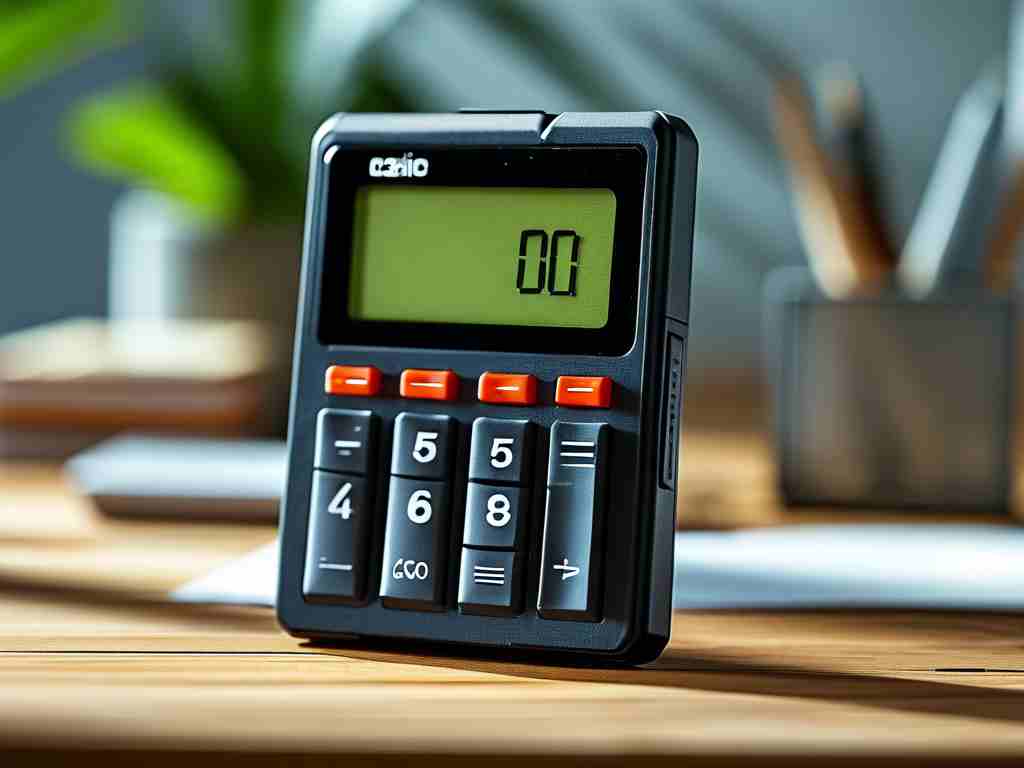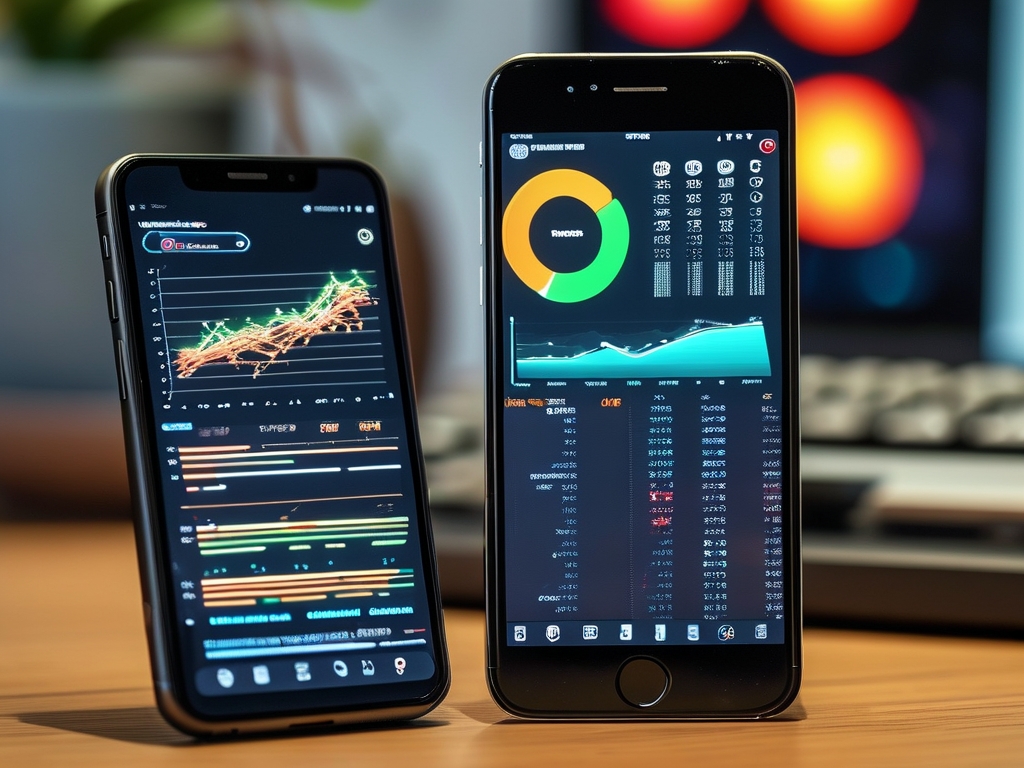Casio calculators have long been trusted tools for students, engineers, and professionals due to their reliability and advanced functionality. However, users occasionally encounter technical challenges, with memory overflow being a recurring issue. This article explores the causes, implications, and practical solutions for addressing memory overflow errors in Casio calculators, blending technical insights with real-world examples.

Understanding Memory Overflow
Memory overflow occurs when a calculator’s storage capacity is exceeded during complex computations. Casio models like the fx-991EX or fx-CG50 allocate finite memory for variables, equations, and graphical data. For instance, attempting to solve a high-degree polynomial or store large matrices without clearing previous data can trigger an "Memory ERROR" message. This limitation stems from hardware constraints designed to balance performance and cost.
A common scenario involves iterative calculations in physics or engineering. Imagine computing Fourier transforms with nested loops—each iteration consumes memory until the buffer is full. Similarly, graphing functions with high resolution or storing multiple statistical datasets may strain the system. Unlike programmable calculators with expandable storage, standard Casio models lack this flexibility, making proactive memory management essential.
Root Causes and User Scenarios
- Complex Computational Workloads: Advanced features like matrix operations or integration require temporary memory allocation. Overloading these functions without resetting variables often leads to overflow.
- Programming Loops: User-defined programs with unoptimized loops can accumulate residual data. For example, a recursive Fibonacci sequence generator might exhaust memory after 50 iterations.
- Data Storage Habits: Saving unused equations or retaining graph plots from previous sessions reduces available memory.
A case study involves a university student analyzing circuit simulations on a Casio fx-9860GII. After inputting multiple differential equations, the device displayed a memory error, disrupting their workflow. The problem was traced to uncleared variables from earlier experiments, highlighting the importance of routine maintenance.
Step-by-Step Solutions
1. Clear Redundant Data
Press the SHIFT + 9 (CLR) keys to access memory management options. Select "All Memories" to reset variables, programs, and settings. This is akin to rebooting a computer to free up RAM.
2. Optimize Program Code
For programmable models like the fx-5800P, streamline code by replacing repetitive loops with efficient algorithms. Example:
For A → 1 To 100
B = A² + 2A → C
Next This loop stores 100 values of C, risking overflow. Instead, compute and display results incrementally.
3. Update Firmware
Casio periodically releases firmware updates to enhance memory allocation. Visit the official support site, connect the calculator via USB, and follow the update instructions.
4. Hardware Upgrades
Consider switching to models with expanded memory, such as the fx-CG500, which offers 64 MB storage for graphics-heavy tasks.
Preventive Measures
- Regular Maintenance: Clear memory weekly, especially after intensive sessions.
- Modular Workflows: Break large calculations into smaller segments. For instance, solve one matrix equation before starting another.
- Avoid Redundancy: Delete obsolete programs or datasets. Use cloud tools like ClassPad to offload non-urgent data.
Memory overflow in Casio calculators is not a hardware defect but a limitation of resource allocation. By understanding operational boundaries and adopting disciplined usage habits, users can mitigate errors effectively. Whether tackling academic projects or professional analyses, a strategic approach to memory management ensures uninterrupted productivity. As Casio continues refining its designs, user awareness remains the key to maximizing these devices’ potential.


